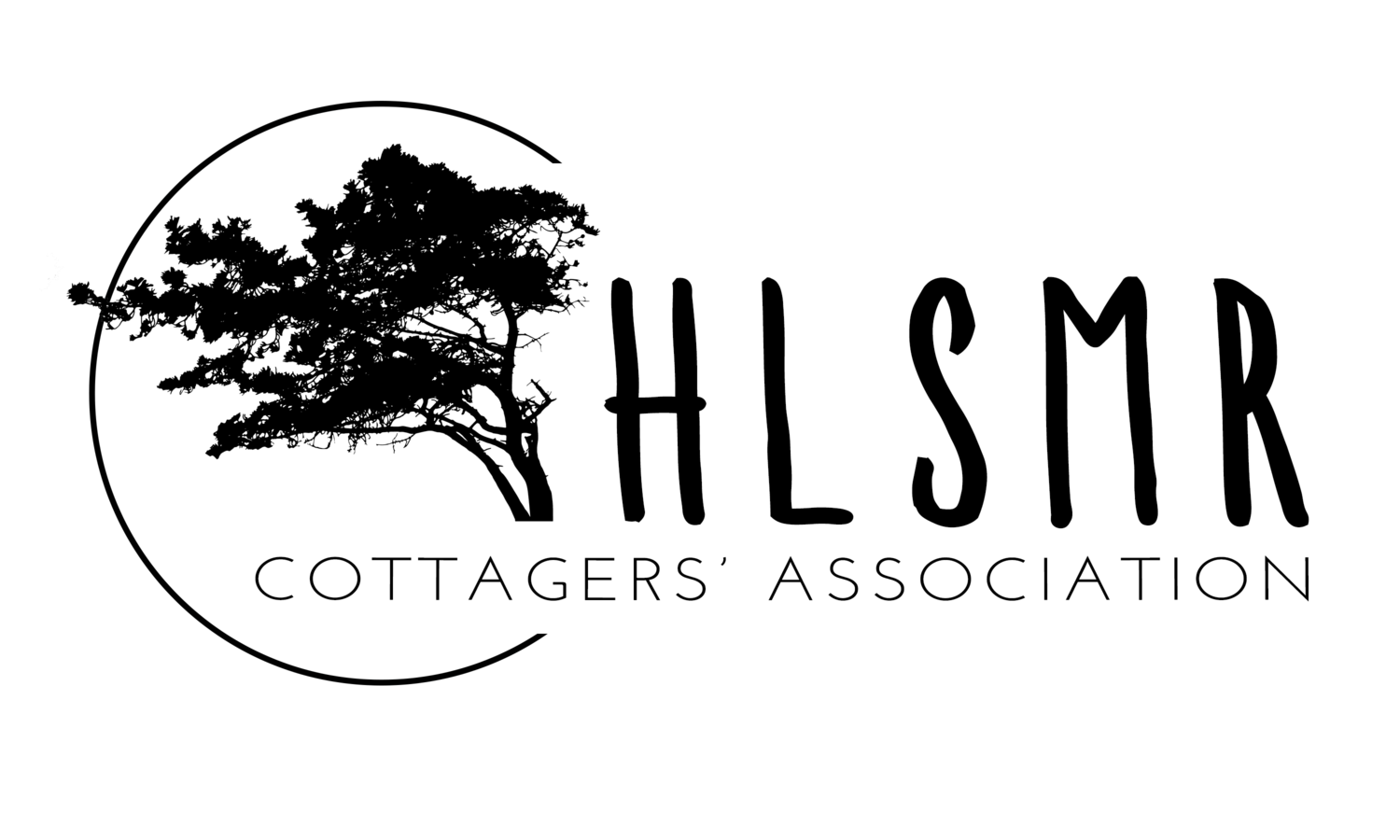Bell Mobility Response to Cottagers' Association Letter
/Dear Rena Edwards,
Thank you once again for your comments below and attached – it will be considered during review of all correspondence during this consultation process. It has been brought to our attention, since we have commenced consultation, that many of the cottagers had an issue with the lighting proposed for the tower. After further correspondence with Transport Canada and a request to waive the lighting requirements, we have been successful. Therefore, lighting will no longer be required on the proposed tower.
The tower is being proposed on the Marina site which is a land use that is very much compatible with such tower facilities and will not detract much more from the lakes natural setting. The footprint of a self-support tower is very minimal compared to other structure types; the only disturbance to the environment will be during the construction phase (lasting 6-8 weeks) when contractors are out on-site to construct the tower and compound areas. Thereafter, there will be routine maintenance visits. In terms of the construction of the tower and the potential impacts thereof, Bell Mobility attests to complying with the Canadian Environmental Assessment Act (CEAA). The CEAA focuses on potential adverse effects to the environment; Bell takes environmental protection seriously and is committed to minimizing the impact that some of their activities may have on the environment. A Phase 1 Environmental Site Assessment is conducted for every site to determine specific characteristics of the land and provide recommendations where appropriate. It is more likely that the general traffic experienced at the Marina over the summer season would affect wildlife and the surrounding environment more than this tower proposal.
The tower was original proposed to be at 90m and then lowered to the minimum height (76m) required to provide the necessary wireless service. Unfortunately, there are very limited options at such heights to provide an aesthetically pleasing structure; a self-support tower would be standard. This is an inherent aspect of providing such valuable services to communities and will always seem to be an issue.
As you may know, radio-frequency (RF) engineers at Bell determine the location and height that is required for the proposed antenna system to service the target community. It is important to note that this tower is part of a program as directed by the CRTC to service about 112 communities with, specifically, high-speed wireless internet in addition to wireless voice technology. It is through this program that designated service areas were determined and a goal of providing high-quality voice and internet to these communities was established. The funds are coming from accounts which are due back to Bell’s own customers and not the nation’s taxpayers as a whole. With these parameters, RF engineers require specific locations within a confined search ring to propose a tower. These search rings are usually a kilometre in radius and the tower is required to be located within the ring to provide the necessary service to the target community. Locating a tower outside of the search ring may have quite a significant impact on the quality of the service being provided. The Rogers tower, being 4km away will not be able to meet the ideal objectives to provide high quality voice and high speed wireless internet to the designated service area (being Harris Lake and proximity as well as some areas of the Magnetawan River). It is planned to use the Rogers tower to provide better coverage around the highway corridor but not necessarily the lake/designated service area, being Harris Lake cottagers and residents. Every telecom proponent has their own objectives and network requirements; the area Rogers may target would not necessarily be the same area Bell Mobility needs to service. The tower is required to be close to the community it serves, especially since high speed wireless internet does not have the same range as the wireless voice service.
In remote locations such as these, real estate needs to be available to meet the deadlines of the 4 year program (these towers are required to be in operation in 2014 to meet the CRTC program deadlines). Unfortunately most of the lands in this area is Crown; the acquisition, consultation, permitting, approvals, and construction process for such developments can be very lengthy as it is and 2014 is a very tight timeline. Typically when private land is available in an area, crown land will not be pursued as these are areas of common use by all and usually do not have the necessary services to operate such systems (hydro, road access, etc.). Also, the possibility of future expansion is quite limited compared to private land. As the field of Telecommunications is evolving very quickly, Bell constantly adjusts the network to meet the client demand and as a result, has to make sure when a site is acquired there can be flexibility to change/add equipment or adjust the size of the compound to suit the actual and future needs of the network. There are cases where we have pursued crown land and have been required to justify why private land was not used; this is related to the complex and timely process which must be followed for any type of development on unpatented lands.
As per the meeting on August 4th with the cottagers, Bell will be reviewing alternate locations and a final decision will be made once all consultation periods come to an end.
This reply marks the start of a 21-day final response period. Your response period will come to an end at close of business November 12th, 2013. We will try to respond to all your concerns within this period.
Best regards,
Haseeb Amirzada
CanACRE Ltd. on behalf of Bell Mobility

